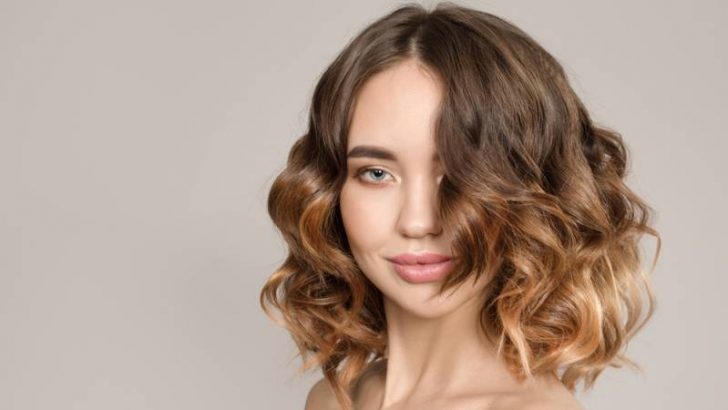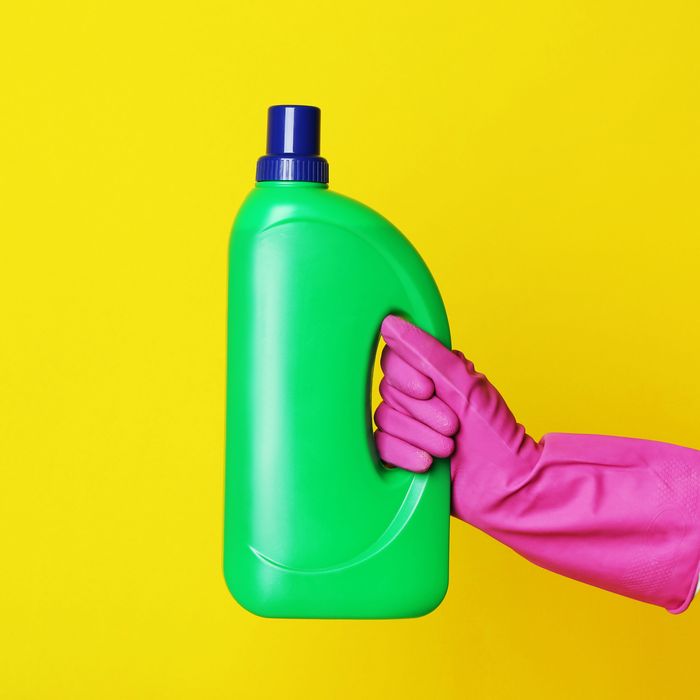Table Of Content

Chemically treated hair may be more prone to damage if slept on while wet. Never sleep with a hair dryer on, as this can create hazards such as burned skin or fire. They are formulated to lift the cuticles so they can penetrate the hair. Bleaching is one of the most damaging processes you can do to your hair. It is highly stressful to the hair, especially if you don’t know what you are doing. Layla Hair supplies top-notch hair quality with trusted hair sources.
Can You Bleach Hair After Washing?
An extensive guide to saving severely bleach-damaged hair at home on a budget - Metro.co.uk
An extensive guide to saving severely bleach-damaged hair at home on a budget.
Posted: Sat, 04 Nov 2017 07:00:00 GMT [source]
This way, the bleach is able to enter the cortex of your hair and decompose the melanin pigments (what gives your hair dark colors) in your hair. Reducing the melanin pigment in your hair, will of course result in a lighter color. While the process of dying dry hair can take longer than bleaching damp hair, the result can be stronger. Generally, hair colorists recommend not washing and drying hair before bleaching.
Can you highlight wet hair?
Additionally, consider consulting a professional hairstylist for personalized advice, especially if you’re new to bleaching or have particularly delicate hair. High heat can cause additional harm to already fragile bleached hair, so it’s crucial to reduce heat styling whenever possible. When it comes to bleaching wet hair, there’s often a debate between seeking professional services or attempting a DIY approach at home. The developer’s potency plays a significant role in the bleaching process, with higher volume developers lifting hair color more quickly than their lower volume counterparts. When it comes to bleaching wet hair, one of the most apparent advantages is the speed at which the process occurs.
Color-Preserving Products
Understanding how to bleach your hair while keeping it as healthy as possible is key, and it starts with the knowledge of the bleaching process itself. Additionally, prepping your hair using Fully Vital’s nourishing products can help strengthen your hair’s natural defenses prior to bleaching. Proper hydration isn't just essential for your body; it's crucial for your hair too. Drink plenty of water to keep your hair healthy from the inside out, aiding in color retention and overall hair health. However, if you're considering a platinum tint or going lighter than your existing hair color, keep the bleach for up to 30 minutes.
It turns out that when you bleach damp hair, it lightens more quickly. If you're pressed for time or just need a quick technique to lighten your hair, bleach it while it's still wet rather than wait for it to dry. Use color brighteners such as the Luseta Blonde Gray Shampoo Conditioner for improved vibrancy.

When applying bleach to wet hair, several factors come into play. First, the excess moisture on the hair can dilute the bleach, reducing its potency. This means that the bleach may take longer to lift the color from your hair or may not achieve the desired level of lightness.

You can hasten the bleaching process by blow-drying your hair. There are some things you can do to protect your hair if you’re interested in bleaching it. The following advice will keep your hair from becoming dry and brittle. There are actually a number of reasons to bleach wet hair, though it’s not a common practice. There are some problems with bleaching wet hair despite how convenient it is.
However, we have the perfect guide for you if you don’t know how to bleach your damp hairs. Please go through it and learn all the steps so that you don’t need the help of an expert again. • Bleaching on dry hair allows the chemical to stick easily on the strands for a bright, vibrant result. As we are used to bleaching dry hair, the new concept might raise your eyebrows and make you question whether it works as good or not. Wet balayage, although advantageous, comes with certain considerations and drawbacks that need to be recognized.
But, before doing this, you need to know whether you can bleach your hair wet or dry. Understand the process, differences between wet and dry hair, and proper care. Gently detangle and section your hair before applying bleach to avoid snags and pulls, which can lead to breakage on wet, weakened hair. Highlights or balayage techniques can offer a lighter touch without the need for full-head bleaching and may be better suited for certain hair types. Using quality bleaching products and following the instructions closely are key to reducing the risk of damage.
Ultimately, one should weigh the pros and cons before deciding if wet balayage is right for them. It is also advisable to consult an experienced professional about any concerns regarding safety or desired outcomes from the treatment. The protective barrier in damp strands can be compromised during a bleaching process, making them more vulnerable to breakage or other forms of damage. For example, they can apply the right amount of water before applying bleach.
Achieving your desired hair color is possible, but it’s essential to prioritize the health and integrity of your hair throughout the process. If your goal is not to lighten the hair color significantly, wet it before bleaching. When you apply bleach to damp hair, water will dilute the chemical, resulting in more subtle results. Water also works to distribute the bleach evenly, preventing harsh lightening transitions.
Once the bleach lightens your hair enough, you can use a hair dye to alter your hair color. When bleaching your wet hair extension, keep the products off your skin. Once you have done with the bleaching process, remember to condition your hair replacement system.
This allows the toner to work effectively and helps you achieve your desired hair color. Professionals use a spray to dampen the hair strands before bleaching. That’s because when the hair is wet from the roots to the ends, it is weaker. Moreover, washing your hair strips away the natural oils that serve as a protective barrier. So, bleaching your hair right after washing may make your scalp and hair more prone to damage and irritation.
Comparing the two, bleaching dry hair may provide more vibrant color results, but it also carries a higher risk of damage. Bleaching techniques such as balayage and highlights are popular for creating modern trends in hair coloring. Over-bleaching on damp locks also increases the likelihood of scalp irritation due to longer exposure times. You can bleach wet hair, but it’s not recommended for the best results. Damp hair can dilute the bleach and make it less effective, leading to uneven color and potential damage.
Regarding bleaching wet hair, timing is crucial for achieving the desired results without causing damage. The optimal duration for leaving bleach on wet hair can vary based on several factors, including your hair type, current condition, and the bleach’s strength. It’s recommended to avoid washing your hair just before bleaching it.

No comments:
Post a Comment